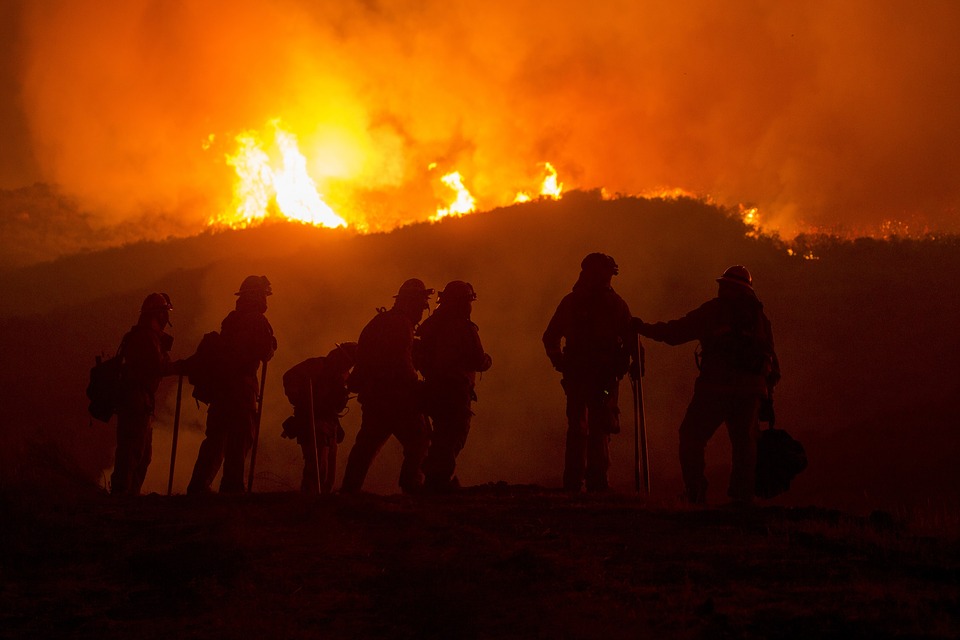This post is also available in:
 עברית (Hebrew)
עברית (Hebrew)
Wildfires in California are expected to increase, and it is assessed that by 2100 the frequency of extreme wildfires would increase, and the average area burned statewide would increase by 77 percent, if greenhouse gas emissions continue to rise. Up till now, the detection of the fires relied on reports from fire agencies and the media, as well as on-scene observations.
An innovative multi-hazard camera technology that improves fire detection and response capabilities may help confronting this threat. The system connects firefighters with real-time fire activity and provides situational awareness that allows first responders to scale their response accordingly.
The ALERTWildfire Camera Network developed at the University of California San Diego and the University of Nevada, Reno is expanding to include 70 cameras in high fire risk areas throughout Southern California.
Over the last decade, a collaborative team of researchers at UC San Diego, the University of Nevada, Reno, and the University of Oregon built a network across areas most prone to wildfires, starting first in the backcountry in San Diego and Lake Tahoe. The infrastructure for the system was first developed as an early earthquake warning tool but quickly evolved into a multi-hazard monitoring system that provides valuable data during extreme weather events and earthquakes. The system has been credited with detection of more than 500 fires in the last two years.
The technology enables high-definition, on-demand time-lapse imagery, including many with live video and near infrared night vision to detect smoke, pan-tilt-zoom functions and more.
According to phys.org, fire officials have full control of the cameras to monitor fires, triangulate on the location of fires at their earliest stages, and confirm 911 reports.
The Southern California Edison (SCE) Fire Management Organization, as well as public agencies and the general public have access to the cameras around-the-clock to monitor wildfire activity. Up to 160 cameras are expected to be installed in the SCE service area by 2020, which will allow approximately 90 percent coverage in high fire risk areas.
Brian Norton, Division Chief with the Orange County Fire Authority, used the cameras in August 2018 to monitor the widespread Holy Fire in the Santa Ana Mountains in Orange County. “These cameras showed us the likely time the Holy Fire originated. We used the cameras to follow the fire spread,” Norton said.
“The true functionality of the ALERTWildfire camera network is realized when they are deployed in clusters as it allows for confirmation of 911 calls, situational awareness for first responders, and triangulation to determine the fire location”, said Neal Driscoll, geosciences professor at Scripps Institution of Oceanography at UC San Diego and co-director of the project.


























